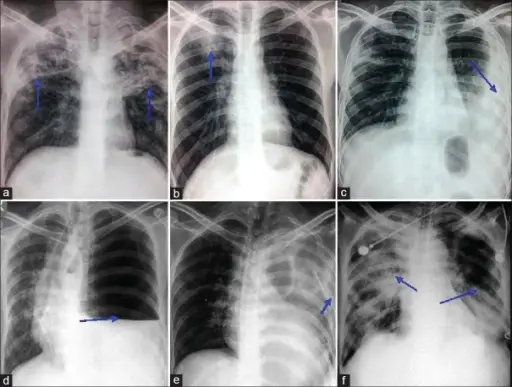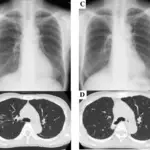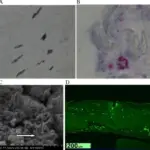Tuberculosis is caused by a bacterium called Mycobacterium tuberculosis. The bacteria can attack any part of the body such as the kidney, spine, and brain.
What is the Pathology of Tuberculosis?
The pathology of tuberculosis is:
-Etiology: The cause of tuberculosis is bacteria that spread from person to person through microscopic droplets released into the air.
-Genes involved: EREG gene.
-Pathogenesis: The sequence of events that lead to tuberculosis are: Infection occurs when a person inhales tubercle bacteria which then reaches the alveoli of the lungs and are ingested by alveolar macrophages, then these bacilli may spread by way of lymphatic channels or through the bloodstream to more distant tissues and organs where the disease is developed.
-Morphology: The morphology associated with tuberculosis shows nonmotile rod-shaped bacterium distantly related to the Actinomycetes. The rods are 2-4 micrometers in length and 0.2-0.5 um in width.
-Histology: The histology associated with tuberculosis shows caseating granulomas, cavities show approximation of walls, granulation tissue, fibrosis and stellate scar, may have metaplastic bone formation.
How does Tuberculosis Present?
Patients with tuberculosis typically are all genders of all ages. The symptoms, features, and clinical findings associated with tuberculosis include fever, chills, night sweats, cough, and loss of appetite.
How is Tuberculosis Diagnosed?
Tuberculosis is diagnosed by blood test, or skin test.
How is Tuberculosis Treated?
Tuberculosis is treated by antibacterial medications.
What is the Prognosis of Tuberculosis?
The prognosis of tuberculosis is good if they complete the treatment protocols.



